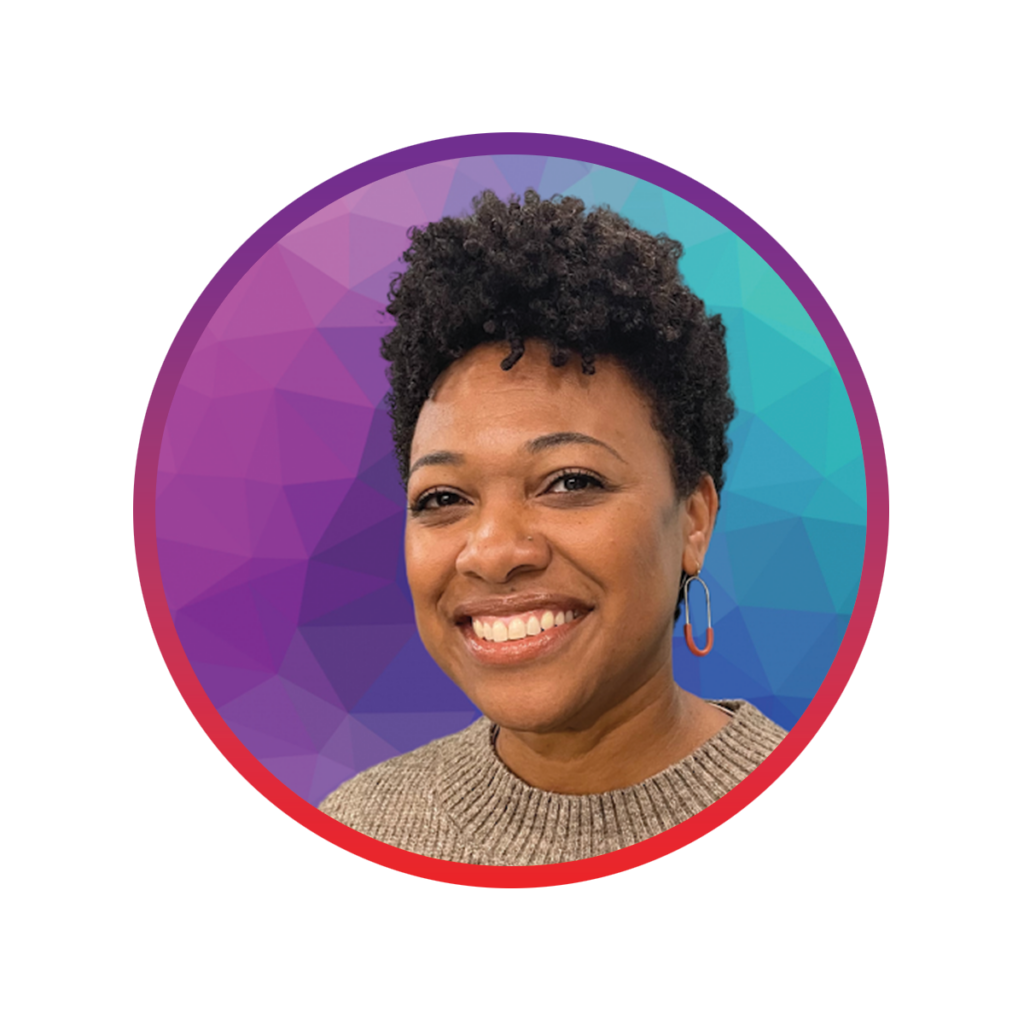When you think about students you’ve taught in the past, you can likely recall at least one who struggled to make silent reading time productive. They may have skimmed books, found excuses, or even pretended to read. For many students who struggle with reading fluency and motivation, independent reading can be lost practice time.
“Our paradigm for independent reading can expand beyond a single reader silently reading a single, completely self-selected book, and by stretching our definition and assumptions of independent reading, we can make space for more effective and science-aligned literacy practice for all children.”
(Shifting The Balance, Grades 3-5, 2023)
Current insights from the reading research indicate a fresh, more expansive definition of independent reading is needed. Instead of “Drop Everything And Read (DEAR)” time and “Sustained Silent Reading (SSR),” we can create opportunities for meaningful literacy practice that includes more scaffolds, partner work, variation, and purpose. This means students should have more opportunities to:
- Expand reading options with a mix of free-choice, narrowed-choice, and assigned reading
- Build foundational skills by practicing with decodable books
- Stretch their skills with more challenging text (with the aid of peer or technology supports)
- Reread complex texts introduced in other parts of the reading block (ex. read aloud or small group instruction)
- Engage in rich discussions to process text
- Meet with peers in focused groups (including book and poetry clubs)
- Write to process and respond to text (including content area texts)
Responding to reading is a great way to get students to engage with language and practice translating speech to print. And by adding in choice, students are motivated by what they find compelling in a text. The list below offers ways students may respond to texts.
Responding to Text
| Purpose | Prompts |
| To support personal responses from students after reading To provide opportunities to focus on what they find interesting about the text | “In your own words sum up what you have read.” “What do you think is most important to remember from this text, and why?” “How would you explain to a friend what’s most important?“ |
| To offer students a space to comment on ways text reflects their own cultural perspectives, histories, and values | “What feelings did this book evoke for you?” “How do you see your own identity/background reflected in the text?” “How does the text expand your thinking and help you see the world from a different angle?” |
| To support students in attending to the sequence of events main ideas and details in texts To encourage students to build a strong mental model as they read | “How was your experience of reading this text? What did you like/dislike? Agree/disagree with? Why?” “What seems important to this author, and how do you know?” “What (or whom) does the author leave out? How would the story change if this was included?” “What would you change about this text and why?” |
| To support students in both summarizing text and in sharing their thoughts about what makes a story interesting (or uninteresting) | “Would you recommend this book to a friend? Why or why not?” “What kind of reader might like this book? Why?” “Whom does the book remind you of? Why?” “What can you tell them about the book to entice them to read it?” |
| To encourage students to ask questions of the text–particularly those that require inferring–and to develop a habit of thinking deeply about what they read | “What questions do you have about the characters, events, or ideas in the text?” “Write and answer a thought-provoking fill-in-the-missing-pieces (inferential) question that will really make your classmates think. You will pose this question to your discussion group tomorrow.” |
Flexibility with your independent reading time is key! Use the space to integrate choice, peer discussion, and opportunities for writing. By incorporating more variety, support, and engagement into independent reading time, you can create a more effective and enjoyable learning experience for all students.
Gather more strategies to bring the science of reading into the intermediate classroom with our course, 5317: Six (More) Practices to Shift Your Focus to the Science of Reading. This course presents upper elementary teachers with the foundational research, practical strategies, and cheerful encouragement to meet the advancing needs of diverse learners.

Marcee Harris is the Director of Curriculum and Instruction at Teaching Channel. She holds a B.A. in Elementary Education and Sociology, as well as an M.A. Ed. in Education. Marcee specializes in curriculum development, maintaining and updating our course catalog, and partners with her Teaching Channel teammates to ensure customer success. Marcee is our resident expert for everything related to EdTech and the Science of Reading.
Fun Fact: Marcee used to be a professional cheerleader!







